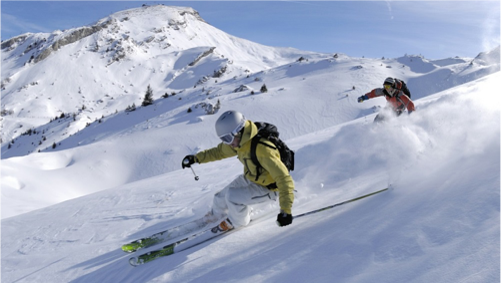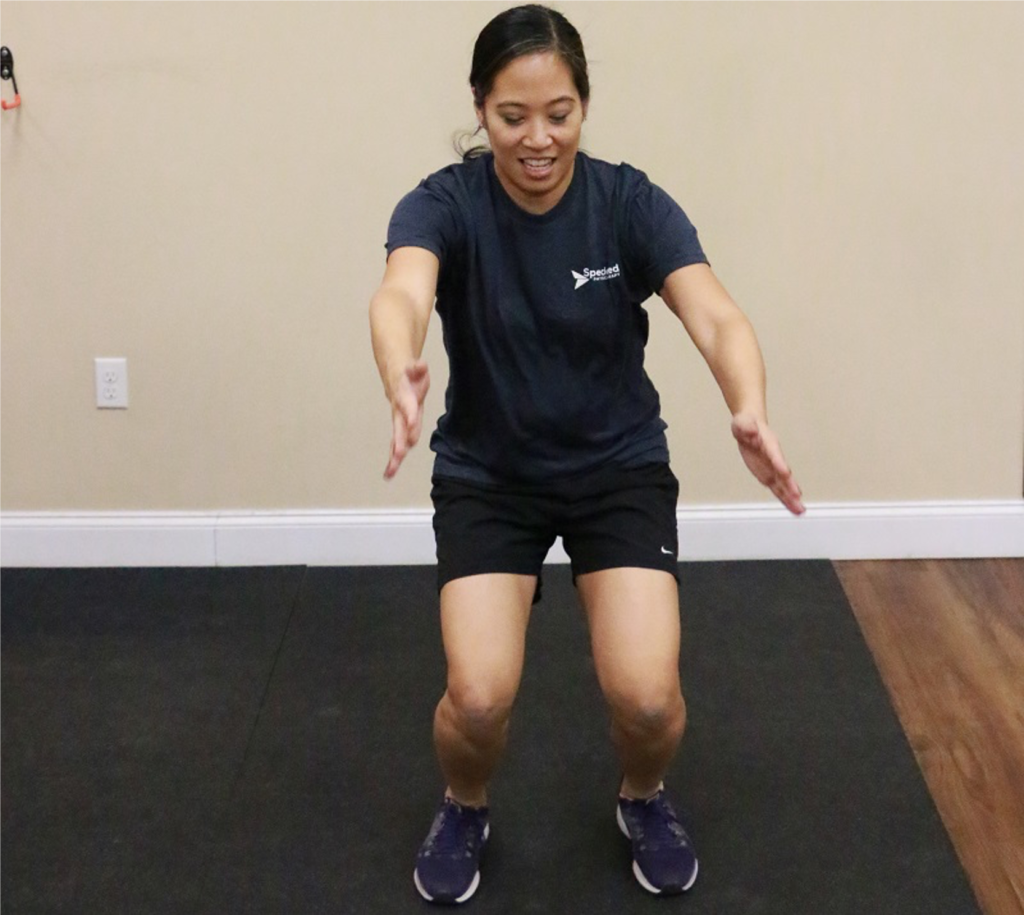Skiing Injuries and How to Prevent Them
Skiing is one of the most common winter sports out there, with tens of thousands hitting the slopes every day. Skiing injuries can affect the novice and even the most experienced skiers, depending upon terrain, equipment, and fatigue/dehydration, among other issues. The most common injury occurs to the lower limb, most commonly the knee. Knee sprains account for about 30% of all skiing injuries.

Causes of Snowboarding and Skiing Injuries
Most injuries are traumatic, caused by falls, collisions, lift accidents, and skiing on the wrong terrain. The most common injuries are to the medial collateral ligament (MCL) and anterior cruciate ligament (ACL) in the late afternoon, specifically after 3 p.m. Two reasons this occurs – usually because the temperatures are cooling down, making the snow harder and faster. Second, muscles fatigue and can no longer act as the primary stabilizers and shock absorber of the knee, placing more stress on the ligaments leaving them more susceptible to injuries.
How to Prevent Ski Injuries on the Slopes
Proper Instruction – Instructors are a key component in making sure you stay safe out on the slopes. They have a keen awareness of the snow conditions, can educate proper warm-up and cool-down techniques, and can demonstrate safe skiing techniques. A professional lesson with a certified instructor can go a long way teaching the novice when to progress to the next level.
Properly Tuned Equipment – Equipment that is not tuned, sized correctly, or has bindings which are too loose, can lead to serious injuries to skiers or snowboarders. Preventative equipment such as helmets, which are currently not required at all resorts, can help prevent disastrous and fatal accidents such as traumatic brain injuries (TBI) or concussions. Other equipment such as wrist and elbow guards can limit the severity of injuries when worn in terrain parks. Preventative equipment has been shown to decrease head and facial injuries by 43%.
Common Sense Precautions – If you are tired, REST! Just because you bought a ticket and you want to make full use out of it does not mean you should ski or snowboard if you are tired. Hit the lodge and have a beer! Stay on marked trails – the off-limit signs are there for a reason. Ungroomed terrain contains obstacles such as rocks, trees, and other things which could lead to serious injuries.
How to Prevent Ski Injuries with Exercises to Increase Core and Lower Extremity Strength
Double Leg Squats – Stand with your feet shoulder width apart and squat down till your hips are even with your knees and thighs are parallel with the ground. Make sure your knees stay apart and do not cave inward. Repeat 30 times slowly.

Single Leg Squats – Similar to a double leg squat, bend down till your thigh is parallel with the floor limiting your knee from moving inwards. Make sure your pelvis stays level throughout the entire motion. Repeat 30 times on each leg.
Lateral Crab Walk – Attach an elastic band around your ankles and get into a squat position. Slowly move to the right about 20 feet taking a large step sideways, always staying in a squat position. Move back to the left 20’ in the same squat position. Repeat this for 3 minutes total
Side Planks – Lie on your side with legs fully extended and placing upper body propped up on one elbow. Lift up your hip so your trunk is parallel and even with your legs. Hold this position for 10 seconds. Repeat this 10 times on each side.
These tips and exercises can help prevent skiing injuries whether you are a novice or experienced athlete. If you have recently suffered any skiing injuries while out on the slopes or experience pain or other symptoms, give the therapists at Specialized Physical Therapy to a call to help you get back on the slopes. They can discuss the best course of treatment to prevent further injuries and address the current symptoms you are experiencing.

